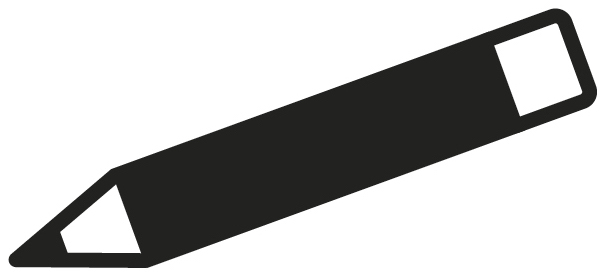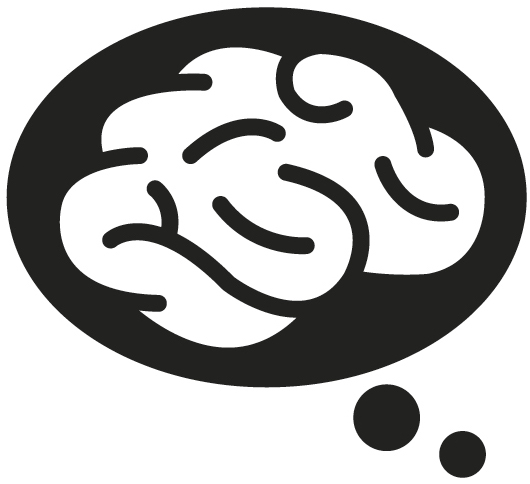




Resulting’s Other Impact on Learning: Don’t wait for decision errors to find learning opportunities
When you overfit decision quality to outcome quality, you risk repeating decision errors that, thanks to luck, preceded a good outcome. You may also avoid repeating good decisions that, because of luck, didn’t work out.
Resulting has the biggest effect on learning when outcome and decision quality are misaligned.
Less obviously, but no less importantly, there are lessons to be learned from Earned Rewards that are easily overlooked.

1 Go back to the table you filled out earlier in this section. What did you identify as your Earned Rewards outcome?
Describe some of the reasons you think your decision-making was good. Those reasons might include your assessment of the probability of that bad outcome occurring (or any set of the outcomes that were undesirable), the information that went into making the decision, or the quality of the advice you sought.
Now take some time to think about what could have been better about the decision.
Some questions to consider:

2 Use the space below to reflect on any of your “yes” responses.
3 Exploring those cases in which decision quality and outcome quality align is just as important as exploring the cases in which they don’t. For Earned Rewards, you may have made a good decision and gotten a good outcome, but you can still find worthwhile lessons examining those decisions.
The same is true for Just Deserts.
Take a moment to go back over this exercise and reflect on how you can apply the same questions to those times when the outcome quality and decision quality were both poor.

Even when you make a good decision, that doesn’t mean that it was the best decision. In fact, it rarely is. Striving to improve means being willing to fight the complacency that can come from a good decision leading to a good result.
Learning from experience is what allows you to make better decisions as you go along. Resulting keeps you from sharpening the view into your crystal ball, making you a worse predictor of the future because you skip lessons you could get from the past.
An insidious cost of resulting is that you don’t question your assessment when decision quality and outcome quality align. When that happens, especially when things worked out, your decisions are more likely to remain unexamined while you just accept your intuition, which tells you, “Nothing to see here.”